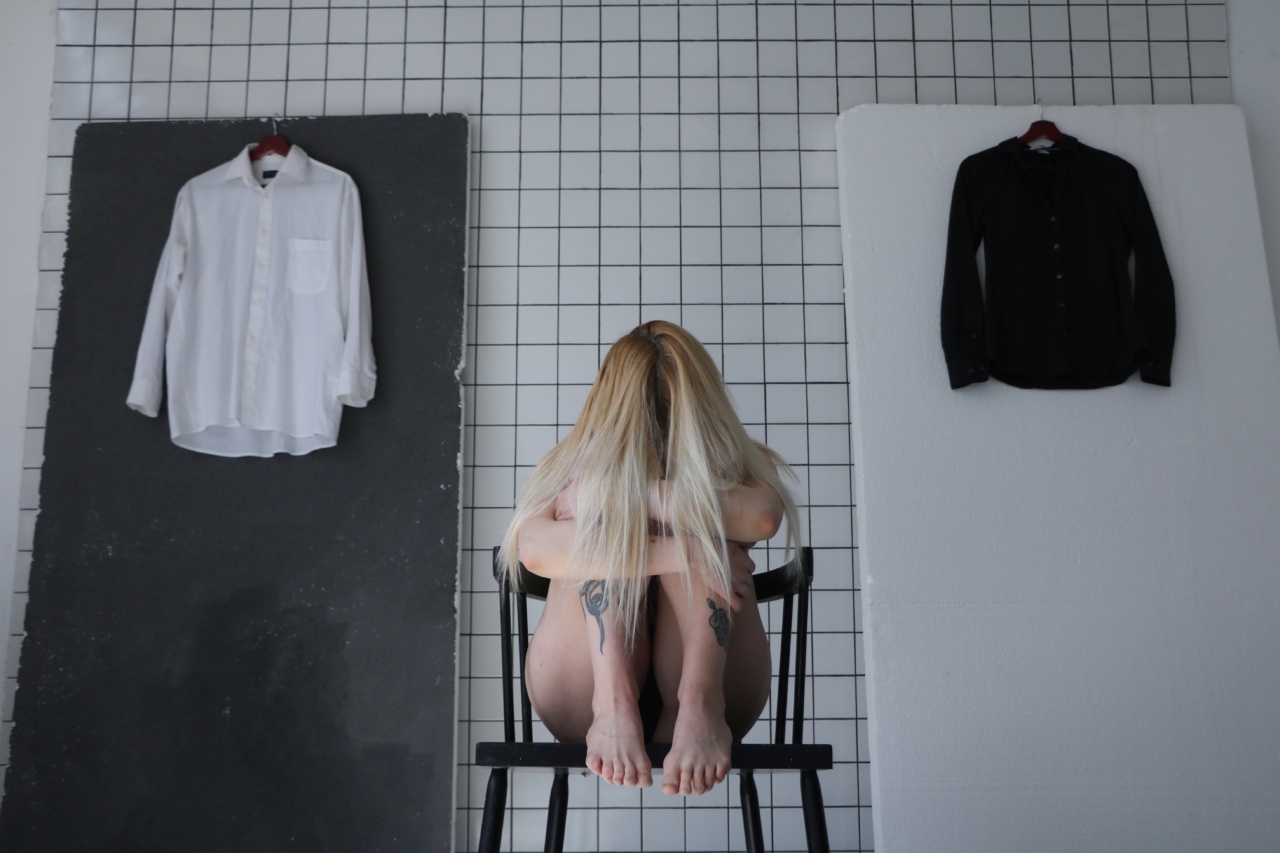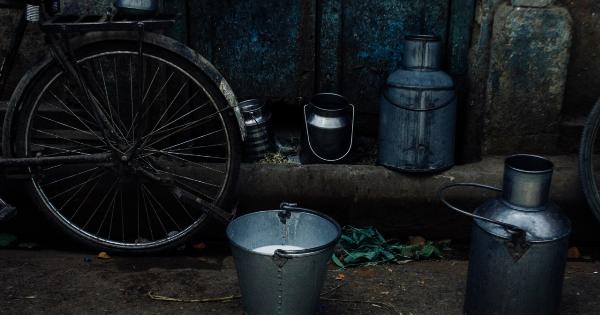The knee is a vital joint that facilitates basic movements such as walking, running, and jumping. However, it is prone to various ailments and injuries due to its complex structure and constant use.
In this article, we will explore some common knee problems and their remedies.
1. Osteoarthritis
Osteoarthritis is a degenerative joint disease that commonly affects the knees. It occurs when the protective cartilage that cushions the joints wears down over time.
This can lead to pain, stiffness, inflammation, and difficulty in performing daily activities. To manage osteoarthritis, individuals can:.
- Engage in low-impact exercises such as swimming and cycling to strengthen the muscles around the knee.
- Maintain a healthy weight to reduce stress on the knee joints.
- Use assistive devices like knee braces or crutches for support.
- Take over-the-counter pain relievers or use topical creams to alleviate discomfort.
- Consider physical therapy to improve flexibility and joint function.
2. Knee Sprains
Knee sprains occur when the ligaments connecting the bones in the knee joint are stretched or torn. They often result from sudden twists or impacts. Symptoms of a knee sprain include pain, swelling, and difficulty in bearing weight.
Treatment options for knee sprains include:.
- Resting the knee and avoiding activities that exacerbate the pain.
- Icing the affected area in 20-minute intervals to reduce swelling.
- Compressing the knee with an elastic bandage for support.
- Elevating the leg to minimize swelling.
- Using nonsteroidal anti-inflammatory drugs (NSAIDs) to alleviate pain and inflammation.
- Seeking medical attention for severe sprains that may require bracing or physical therapy.
3. Meniscal Tears
The meniscus is a piece of cartilage that acts as a shock absorber between the thighbone and shinbone. Meniscal tears often occur during activities that involve twisting or rotating the knee.
Common symptoms include pain, swelling, stiffness, and difficulty in straightening the knee. Treatment options for meniscal tears include:.
- Resting the knee and avoiding activities that worsen the pain.
- Applying ice packs to reduce swelling.
- Using nonsteroidal anti-inflammatory drugs (NSAIDs) for pain relief.
- Undergoing physical therapy to strengthen the muscles around the knee and improve stability.
- Considering surgical intervention for severe cases that do not respond to conservative treatments.
4. Bursitis
Bursitis is the inflammation of the bursae, which are small fluid-filled sacs that reduce friction between tissues in the knee joint. It often occurs due to repetitive overuse, prolonged kneeling, or direct trauma to the kneecap.
Symptoms of bursitis include pain, swelling, warmth, and tenderness around the kneecap. Treatment options for bursitis include:.
- Resting the knee and avoiding activities that worsen the symptoms.
- Applying ice packs to reduce inflammation.
- Taking over-the-counter pain relievers or using topical creams to alleviate discomfort.
- Using a knee pad or cushion to reduce pressure on the affected area.
- Considering corticosteroid injections for severe cases that do not respond to conservative treatments.
5. Patellar Tendinitis
Patellar tendinitis, also known as jumper’s knee, is the inflammation of the tendon that connects the kneecap to the shinbone.
It often occurs in individuals who participate in sports or activities that involve repetitive jumping or kicking motions. Symptoms include pain, swelling, and tenderness around the kneecap. Treatment options for patellar tendinitis include:.
- Resting the knee and avoiding activities that aggravate the pain.
- Applying ice packs to reduce inflammation.
- Engaging in stretching and strengthening exercises for the quadriceps and hamstrings.
- Wearing a knee brace or strap for additional support.
- Considering physical therapy or extracorporeal shockwave therapy (ESWT) for resistant cases.
6. Iliotibial Band Syndrome
Iliotibial band (ITB) syndrome is a common knee problem among runners and cyclists. It occurs when the IT band, a thick band of tissue that runs along the outside of the thigh, becomes tight and irritates the outer part of the knee joint.
Symptoms include pain, swelling, and a popping or snapping sensation. Treatment options for ITB syndrome include:.
- Resting the knee and avoiding activities that worsen the pain.
- Applying ice packs to reduce inflammation.
- Stretching the IT band and strengthening the hip and thigh muscles.
- Using foam rollers or massage therapy to alleviate tightness in the IT band.
- Considering corticosteroid injections or surgical release for severe and persistent cases.
7. Patellofemoral Pain Syndrome
Patellofemoral pain syndrome, also known as runner’s knee, is characterized by pain in the front of the knee. It commonly affects athletes and individuals who engage in activities that involve repetitive bending of the knee.
Symptoms include a dull, aching pain around or behind the kneecap. Treatment options for patellofemoral pain syndrome include:.
- Resting the knee and avoiding activities that provoke the pain.
- Applying ice packs to reduce inflammation.
- Performing exercises to strengthen the quadriceps and hip muscles.
- Using orthotic shoe inserts or braces to correct foot and knee alignment.
- Considering physical therapy for individuals with muscle imbalances or gait abnormalities.
8. Rheumatoid Arthritis
Rheumatoid arthritis is an autoimmune disease that causes chronic inflammation in the joints, including the knees. It leads to pain, stiffness, swelling, and decreased mobility.
Treatment options for rheumatoid arthritis vary depending on the severity of the condition, but they may include:.
- Prescription medications to control inflammation and slow down the progression of the disease.
- Engaging in low-impact exercises and physical therapy to maintain joint flexibility and strength.
- Using assistive devices such as knee braces, canes, or walkers for support.
- Applying heat or cold therapy to alleviate pain and reduce inflammation.
- Considering surgical interventions if conservative treatments are ineffective.
9. Gout
Gout is a form of arthritis that occurs when uric acid crystals accumulate in the joints, including the knees. It commonly affects the big toe but can also cause knee pain and inflammation. Treatment options for gout include:.
- Taking medications such as nonsteroidal anti-inflammatory drugs (NSAIDs) or corticosteroids to reduce inflammation and relieve pain.
- Limiting the intake of foods high in purines, which can increase uric acid levels.
- Drinking plenty of fluids to help flush out excess uric acid.
- Applying ice packs to reduce swelling and discomfort.
- Considering prescription medications to manage chronic gout and prevent future flare-ups.
10. Knee Strains
Knee strains occur when the muscles or tendons around the knee are stretched or torn. They can result from sudden movements, overexertion, or improper techniques during physical activities. Symptoms include pain, swelling, and limited range of motion.
Treatment options for knee strains include:.




























